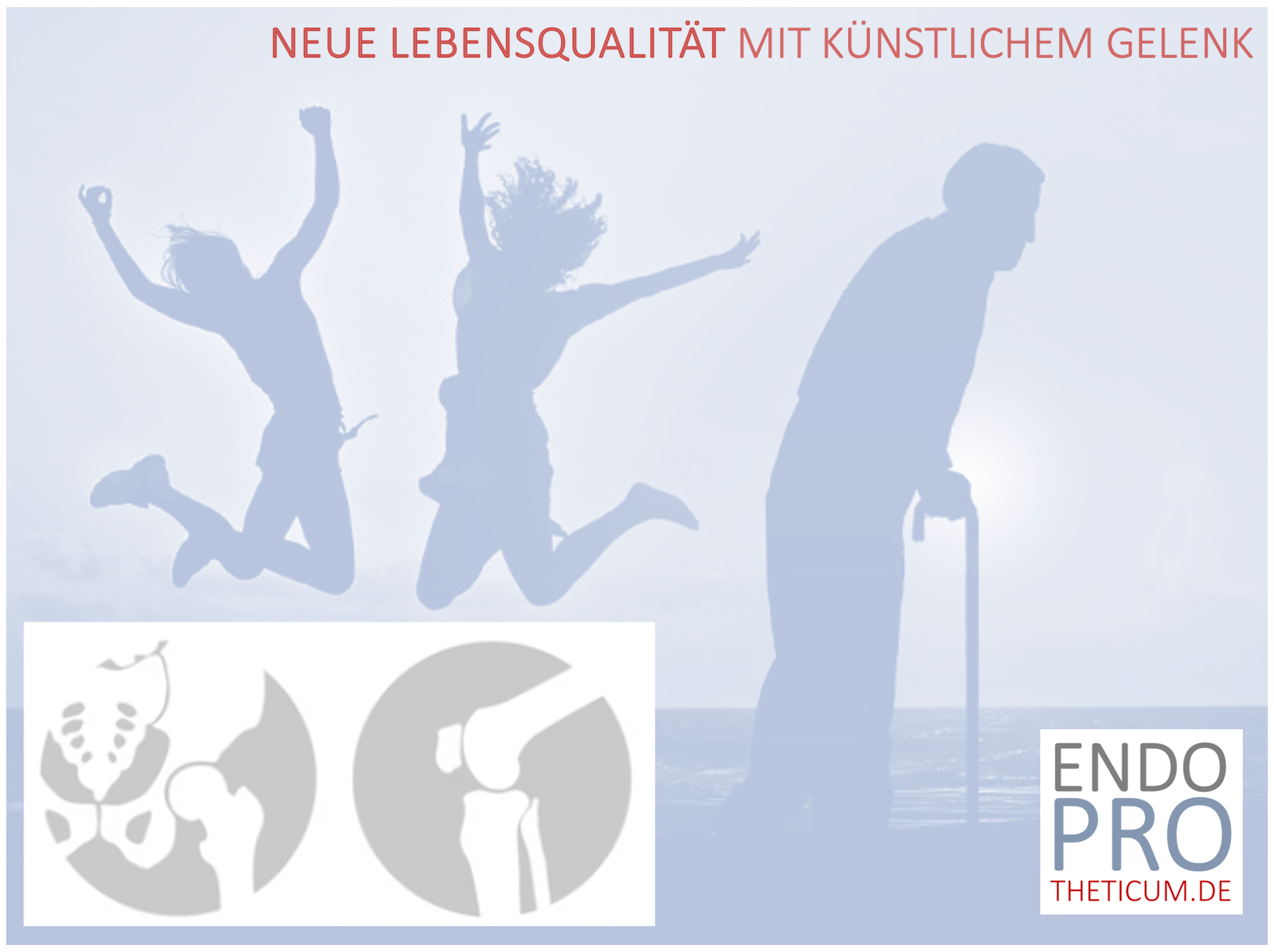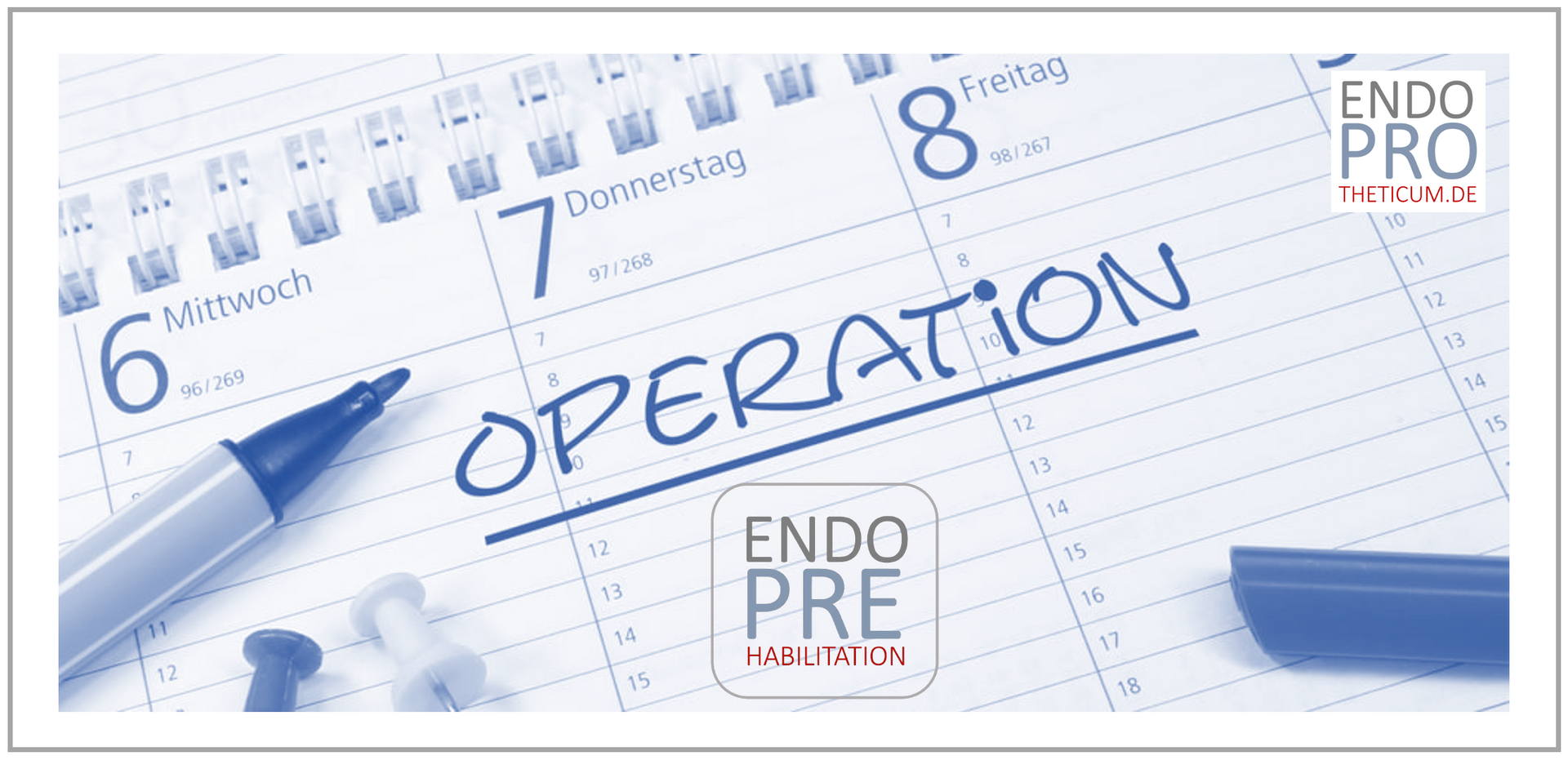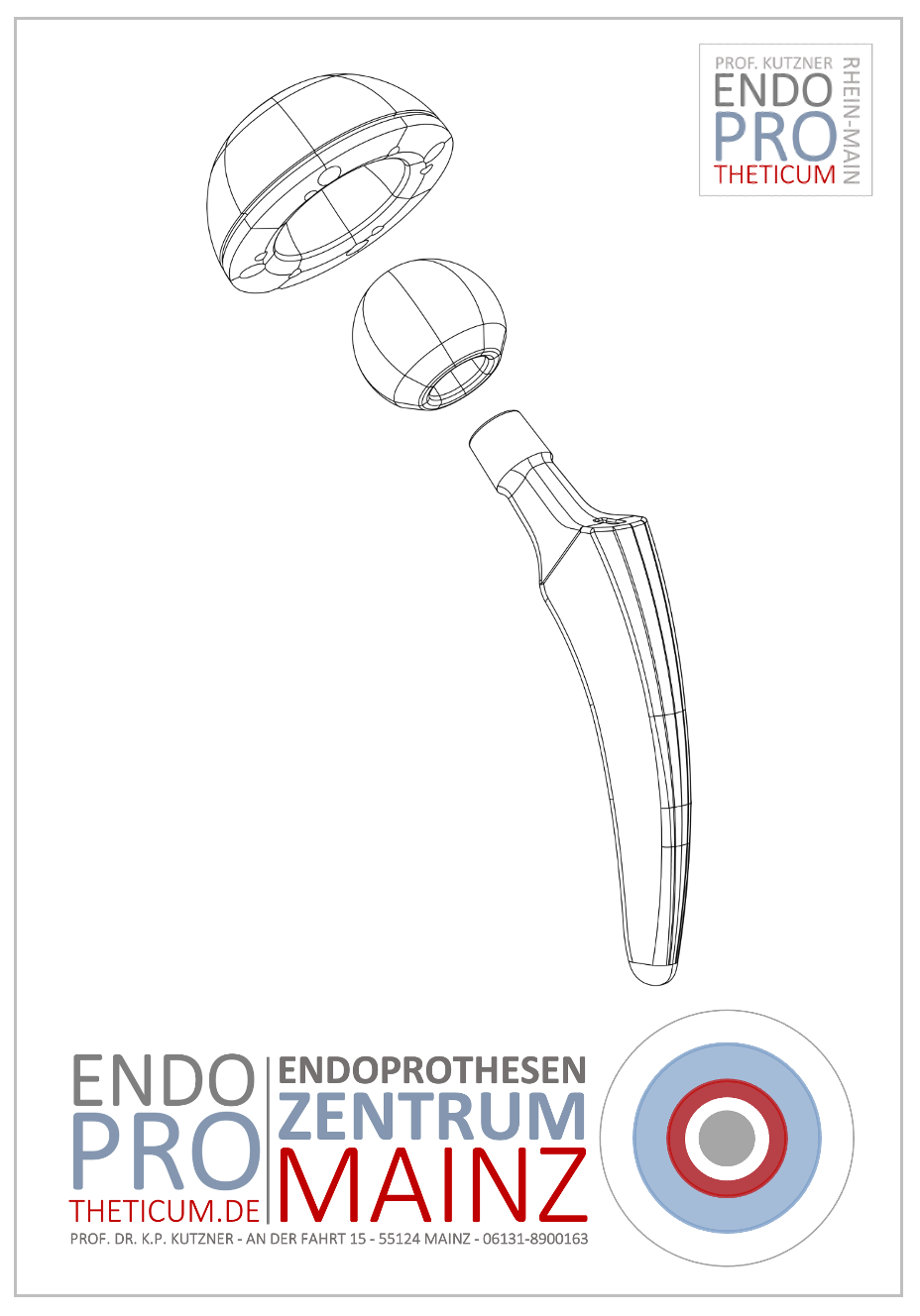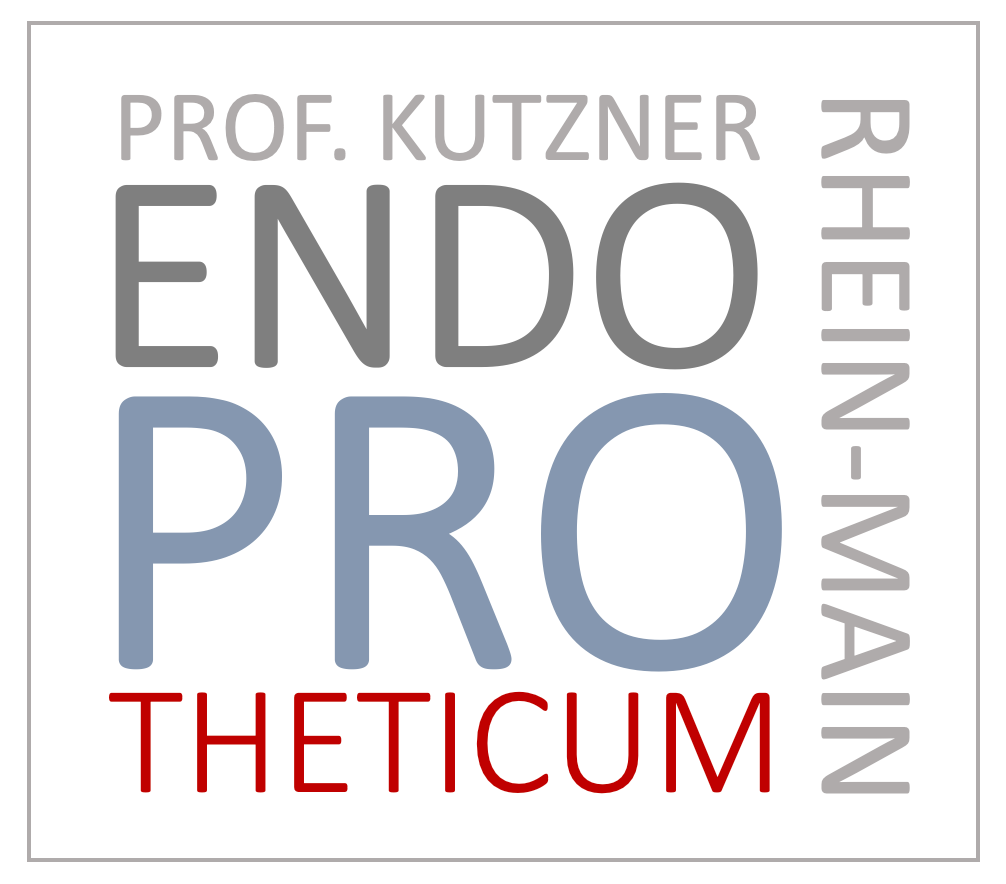Jogging after hip replacement – what does the evidence say?
Is jogging recommended after total hip replacement? Do short-stem prostheses have any advantages?

A hip replacement can be a life-changing solution for patients suffering from chronic pain or limited mobility. But the question remains: Can you go jogging again after having a hip replacement, and what does the scientific evidence say about it? In this article we examine the most important aspects and highlight the advantages of modern prosthetic systems, especially short-shaft prostheses, during sporting activity.
Jogging after a hip replacement – a controversial discussion
Historical reluctance to exercise
For a long time, jogging after a hip replacement was considered taboo. The reason: The repeated stress on the artificial joint was viewed as a potential risk factor for early wear and loosening of the implant. However, this conservative approach has now been increasingly questioned by scientific studies and advances in implant technology.
Advances in implant technology
Modern hip prostheses, particularly with improved bearing pairs and biomechanical designs, have significantly reduced the risk of wear and complications. This also makes sporting activities such as jogging possible. The use of short-shaft prostheses is particularly promising, as they could offer great advantages for active patients due to their physiological load distribution and their bone-saving design.
What does the evidence say?
Study situation on the ability to play sports after a hip prosthesis
A meta-analysis of current studies shows that around 80-90% of patients can become active again after successful hip prosthesis surgery. However, the type of sports recommended varies:
- Suitable: swimming, cycling, hiking, Nordic walking.
- Controversial: jogging and intensive ball sports (e.g. tennis).
- Not definitely recommended: High-impact sports such as skiing, basketball or weightlifting.
In a study by Healy et al. (2020), more than 60% of respondents reported jogging regularly after hip replacement without developing significant signs of implant loosening or excessive wear.
Potential advantages of modern short-shaft prostheses when jogging
Short-shaft prostheses were developed specifically for younger and more active patients. Their special properties make them particularly beneficial for jogging after a hip prosthesis:
Physiological load distribution
The short-shaft prosthesis is anchored in the proximal femur and distributes the load across the naturally resilient bone segments. This supports a more natural gait and reduces the risk of stress transfer to the distal femur.
Low risk of prosthesis loosening
Thanks to the highly developed materials such as ceramic on polyethylene or ceramic on ceramic, abrasion on short-stem prostheses is minimal. This reduces the risk of loosening, which was increased in older prosthesis models due to particle abrasion.
Movement-friendly design
Short-shaft prostheses preserve the natural biomechanics of the hip better than classic prostheses. This promotes smooth running and prevents unphysiological stress patterns.
Potential risks of jogging after a hip replacement
Despite all the progress, there are risks that must be taken into account when jogging:
- Higher load on the implant: Repeated impacts could lead to material fatigue in the long term.
- Incorrect loading: Incorrect running techniques or poor training structure can impair the healing process.
- Secondary problems: Not only the implant, but also surrounding muscles and ligaments can be stressed by jogging. Targeted strengthening of the muscles is essential.
What do experts say?
Prof. Kutzner recommends considering the following points before resuming jogging:
- Individual advice: Not all hip prostheses and patients are equally suitable for jogging. Get advice.
- Wait for the rehabilitation period: At least 3-6 months postoperatively should pass before starting high-stress activities.
- Gradual exercise: Start with walking or Nordic walking and slowly increase the intensity.
Conclusion – jogging with a hip prosthesis is possible, but with caution
Jogging after a hip prosthesis is now possible for some patients thanks to modern materials and technologies. Short-shaft prostheses in particular offer significant advantages for active patients due to their physiological load distribution and minimal abrasion. However, caution is advised as the strain on a prosthesis can lead to fatigue and wear in the long term. Individually tailored rehabilitation and close collaboration with your surgeon are the key to benefiting safely and long-term from physical activity.
With the right approach, hip prosthesis wearers can now enjoy an active life again - possibly including jogging!
MAKE AN APPOINTMENT?
You are welcome to make an appointment either by phone or online .



























